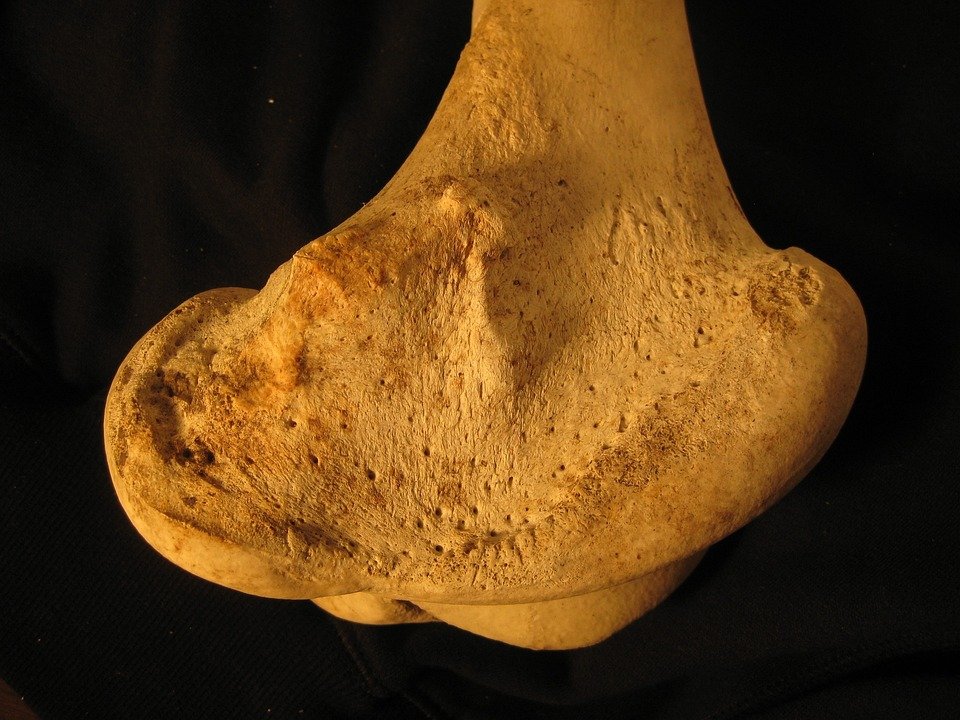 Hemodynamic monitoring is a crucial aspect of patient care in the medical field, especially in critical care settings. It involves the measurement and assessment of the patient’s blood flow and pressure within the circulatory system. This information is vital for healthcare providers to understand the patient’s cardiovascular status and make informed decisions regarding their treatment.
Hemodynamic monitoring is a crucial aspect of patient care in the medical field, especially in critical care settings. It involves the measurement and assessment of the patient’s blood flow and pressure within the circulatory system. This information is vital for healthcare providers to understand the patient’s cardiovascular status and make informed decisions regarding their treatment.Hemodynamic monitoring provides valuable insights into the patient’s overall health and helps in assessing their response to medical interventions. It allows healthcare providers to monitor the patient’s cardiac output, blood pressure, fluid status, and tissue perfusion. By continuously monitoring these parameters, healthcare providers can detect any abnormalities or changes in the patient’s condition early on and intervene promptly to prevent further complications.
There are several methods of hemodynamic monitoring, ranging from non-invasive to invasive techniques. Non-invasive methods include measuring blood pressure using a blood pressure cuff or monitoring heart rate using an electrocardiogram (ECG). While these methods provide valuable information, they may not always be sufficient for a comprehensive assessment of the patient’s hemodynamic status.
Invasive hemodynamic monitoring involves inserting a catheter into the patient’s blood vessels to directly measure parameters such as central venous pressure, pulmonary artery pressure, and cardiac output. This allows healthcare providers to obtain more accurate and detailed information about the patient’s cardiovascular function and make more informed decisions regarding their treatment.
Hemodynamic monitoring is essential for various clinical scenarios, including sepsis, heart failure, and shock. In sepsis, for example, monitoring the patient’s hemodynamic status is crucial for identifying and managing septic shock, a life-threatening condition characterized by low blood pressure and poor tissue perfusion. By closely monitoring the patient’s hemodynamic parameters, healthcare providers can tailor their treatment to optimize the patient’s hemodynamic stability and improve their outcomes.
In heart failure, hemodynamic monitoring helps healthcare providers assess the effectiveness of medications and interventions aimed at improving the heart’s function. By monitoring the patient’s cardiac output and fluid status, healthcare providers can adjust medications, such as diuretics and vasodilators, to optimize the patient’s heart function and prevent further deterioration.
In shock, hemodynamic monitoring is essential for identifying the underlying cause of the patient’s hemodynamic instability and guiding appropriate treatment. By monitoring the patient’s blood pressure, cardiac output, and tissue perfusion, healthcare providers can determine whether the patient is in hypovolemic, cardiogenic, distributive, or obstructive shock and tailor their treatment accordingly.
Overall, hemodynamic monitoring plays a vital role in patient care by providing valuable information about the patient’s cardiovascular status and guiding treatment decisions. By continuously monitoring the patient’s hemodynamic parameters, healthcare providers can detect early changes in the patient’s condition and intervene promptly to prevent further complications. In critical care settings, where patients are often at high risk for hemodynamic instability, understanding and utilizing hemodynamic monitoring is essential for providing optimal care and improving patient outcomes.

Speaking of hemodynamic monitoring, you might be interested in central venous pressure and cardiac output. These articles provide more in-depth information on specific parameters that are monitored in hemodynamic monitoring and how they are crucial for assessing a patient’s cardiovascular status. Understanding these concepts can further enhance your knowledge on the importance of hemodynamic monitoring in patient care.



